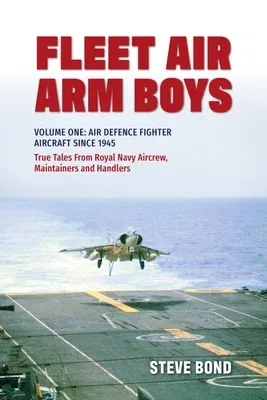The RAF's continuing role in the projection of air power in the defense
of the United Kingdom and its overseas interests since the end of the
Second World War is well known. However, the same cannot always be said
about the Royal Navy's Fleet Air Arm (FAA), in part due to the ten-year
gap between the retirement of the Harrier and the arrival of the F-35B
and the Queen Elizabeth-class aircraft carriers.
Flying high performance aircraft off a carrier demands not only a high
level of skill, but also a considerable amount of courage and
determination, not least to land back on a very small piece of real
estate bobbing about in a rough sea, often at night, with no possibility
of diversion. The nature of these operations has meant that the accident
rate and aircrew losses were very high - and accepted as part of the
job.
With the arrival of the Queen Elizabeth and the Prince of Wales, it is
time to redress the balance and bring the FAA's extraordinary story to
the audience it so richly deserves through the words of those air and
ground crews who have been part of it since 1945. What emerges is an
amazing close-knit esprit de corps, often accompanied by a long-standing
and still simmering rivalry between the RAF and the Royal Navy over who
should project air power overseas. Enormous respect is shown by the
aviators and ships' senior officers for the aircraft handlers and
maintainers, who work long hours in a highly dangerous environment on
the flight deck.
This first volume looks chronologically at every aircraft type flown in
an air defense role since 1945. Involvement in conflicts including
Korea, Suez, the Falklands, Bosnia and elsewhere is included, and
perforce the cost in human lives, even in everyday operations,
frequently emerges. Balancing this are the everyday grind, the good
times, the humor, the 'runs ashore' and the sense of pride in a job well
done. All delivered in the words of the men themselves.

